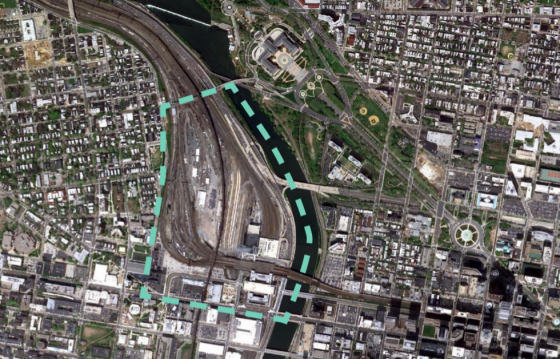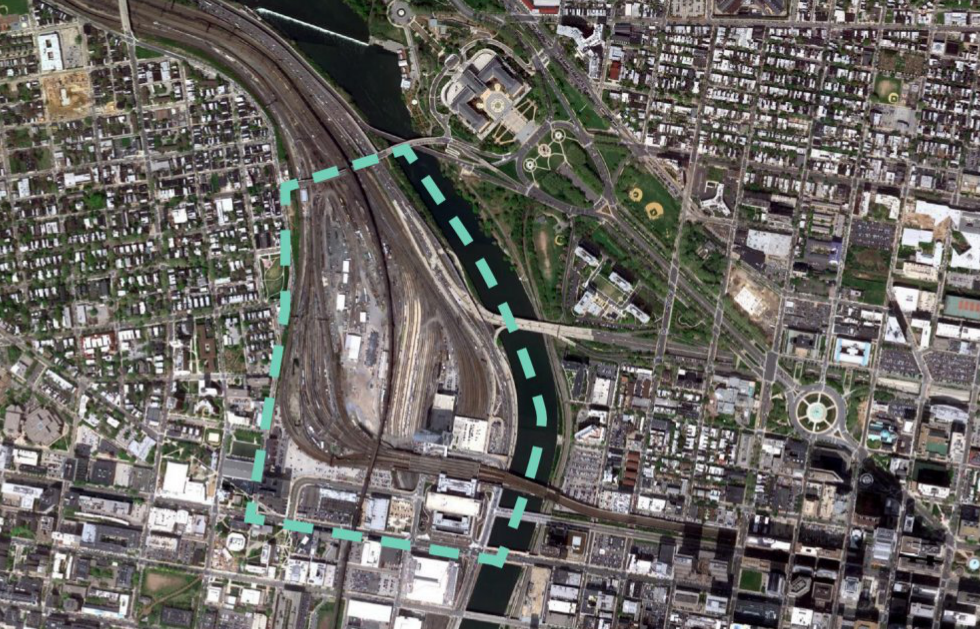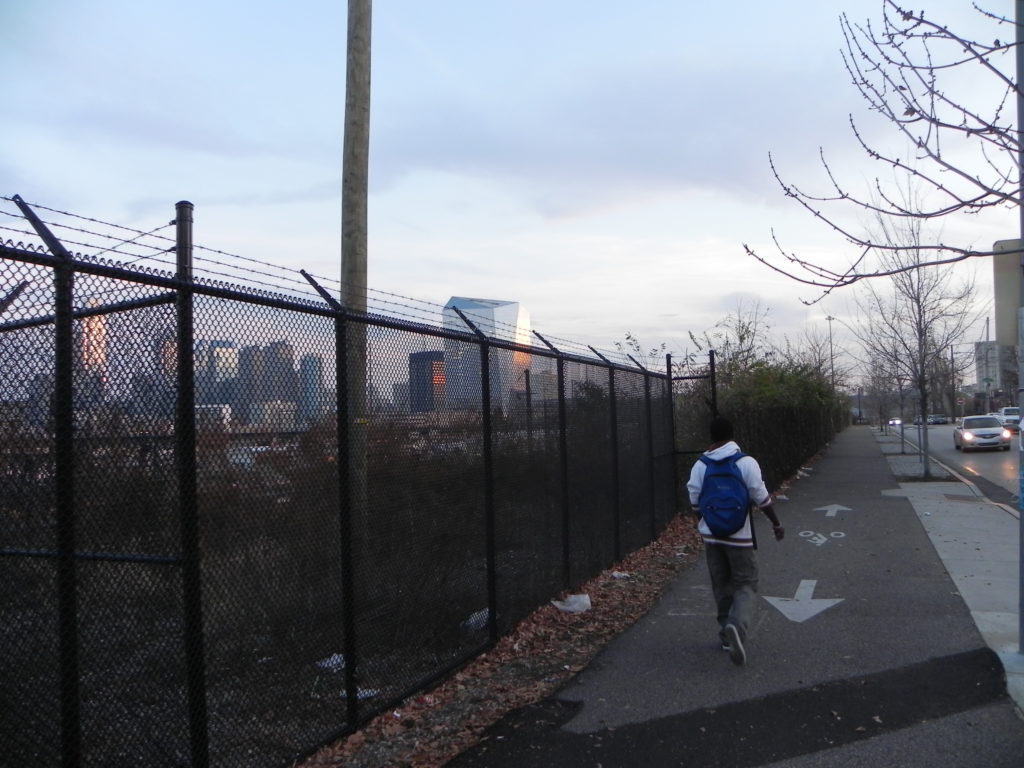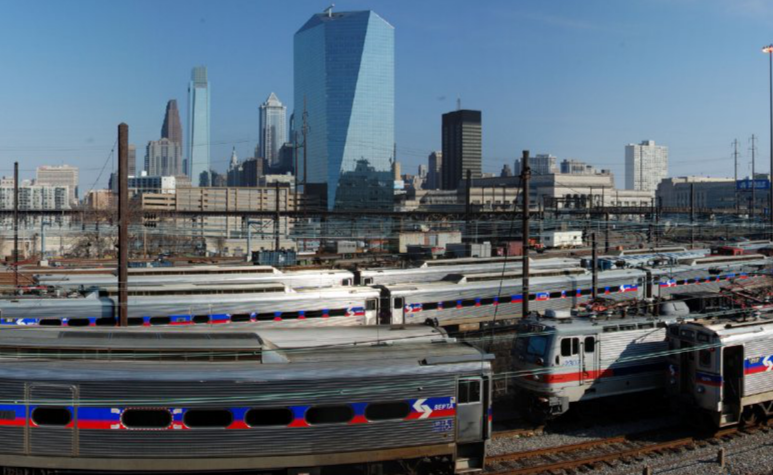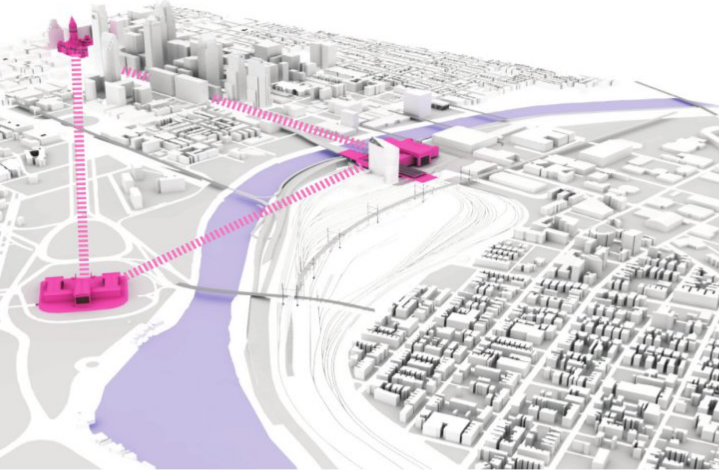The Philadelphia skyline as seen from I-76 East or Kelly Drive could look far different a decade from now. The entire dynamic of the city could change if some sort of connector could be built between the Art Museum area and 30th Street Station.
How such a connector might be envisioned and constructed is an item that will be explored as part of a multi-million dollar feasibility study conducted by Drexel University in conjunction with Amtrak and SEPTA, announced this month.
Drexel’s entrepreneurial president John Fry shared his vision to develop the 96-acre Schuylkill Rail Yards at 30th Street Station during a recent meeting. Fry envisions the development could be the anchor for Philadelphia’s economy for the next hundred years. It would strive to connect West Philadelphia with northwestern section of Center City, potentially recalibrating the city’s center as it continues to expand.
The development, which would require major financial anchors, some of who may be more attracted to the concept now that a major university is involved, would also serve as the front door for Drexel’s envisioned Innovation Neighborhood. That’s a plan for five million sqft of commercial office space, research laboratories, student housing and a hotel. That neighborhood will be developed regardless of the outcome of the study, according to the Inquirer. Fry envisions the Innovation Neighborhood could be linked to 50 acres of development at the railyards.
“We are in the process of identifying and contacting potential firms and individuals that could be interested in becoming residents of the Innovation Neighborhood,” said Keith Orris, senior vice president for corporate relations and economic development at Drexel. “We are engaging them in discussions to identify, develop and deepen relationships with Drexel that are supportive of our innovation efforts.”
Railyard development itself has been discussed by various developers over the years. At one time or other potential plans included residential housing, an amusement park and a baseball stadium. Any sort of development at the yards would require additional construction due to the grade of the lot and the current setup of structures and railways. According to a 2011 PennDesign Vision for the Schuylkill Rail Yards, major infrastructure changes are required to enable a Railyard development. That includes moving Amtrak decking, relocating the southbound Vine Street Expressway lane at the I-76 Interchange, and relocating the southbound I-676 lane to the eastern side of the river. While the two plans are separate, one can begin to see the sort of work required for development. One can also begin to imagine the necessary interagency collaboration to make this a reality.
The only development of note at the Railyards in recent decades has been the Cira Centre.
Still, with all the changes a few blocks west of 30th Street, from Chestnut Square, a new Drexel business school, to a Spruce Street Plaza, gateway to University City and rumors of Cira South, one can see that area is in the midst of all sorts of changes. And the continued growth of Center City has been very well documented. Hopefully, this study will find that this potential development is indeed feasible, and the city can look forward to a new and exciting project that will stretch over the decades to come.
–Lou Mancinelli
All images except #2 come from the Penn Design Report, A Vision for the Schuylkill Rail Yards.

